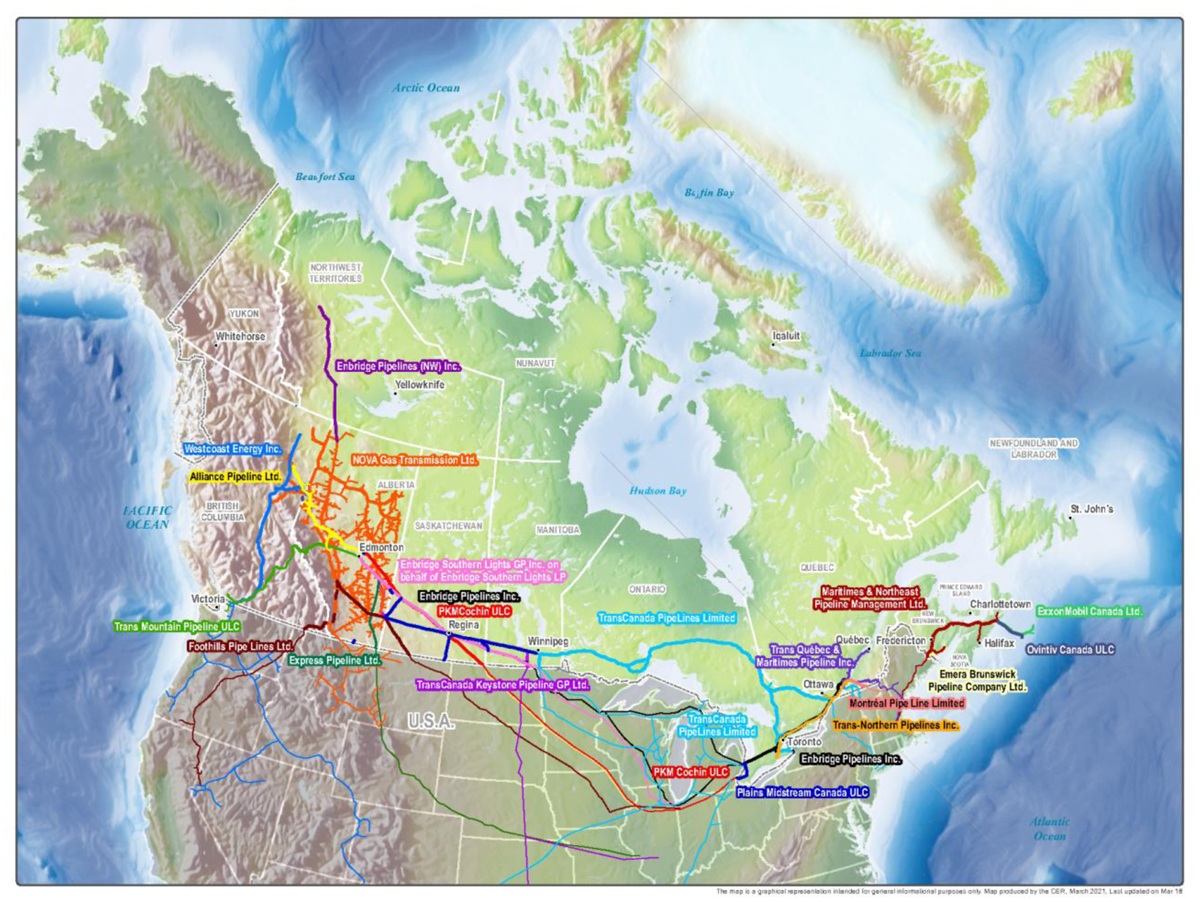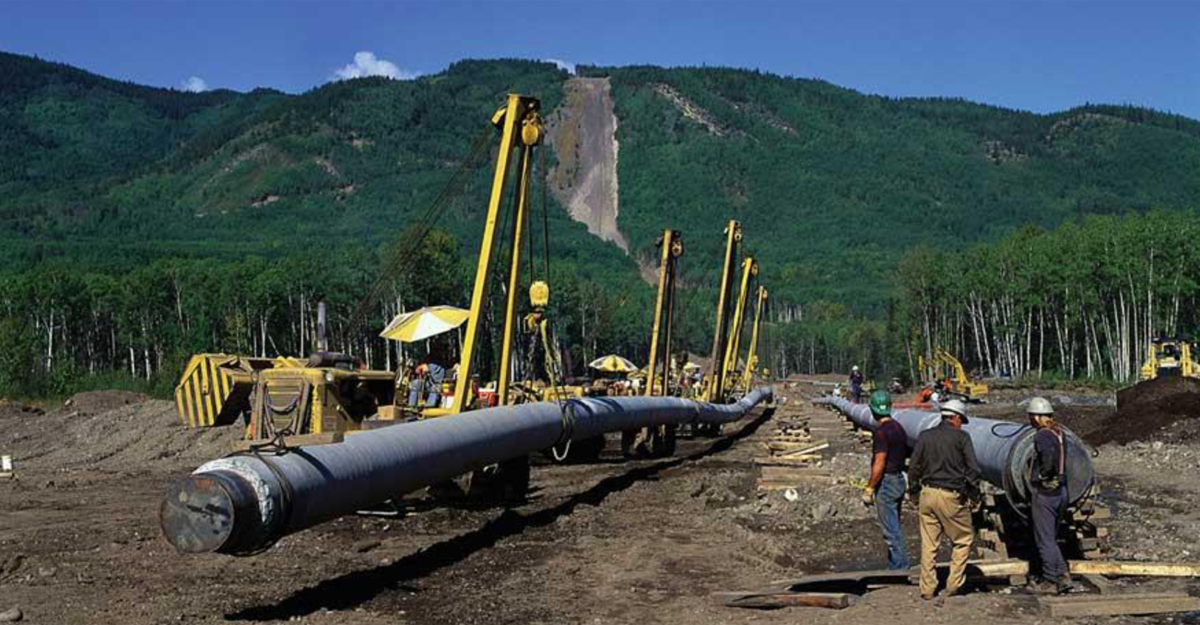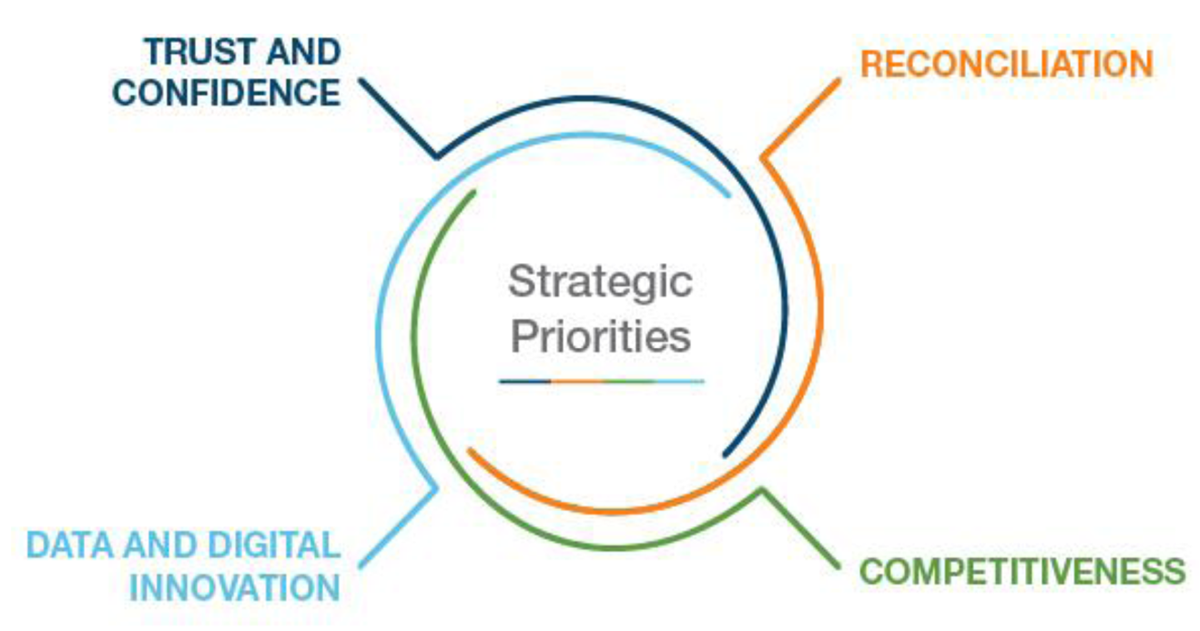Introduction to the Onshore Pipeline Regulations (OPR) Review
Introduction to the Onshore Pipeline Regulations (OPR) Review [PDF 1605 KB]

Winter 2022
Table of contents
- Land & Territory Acknowledgement
- Purpose and Structure
- The Canada Energy Regulator
- The CER
- The Onshore Pipeline Regulations (OPR) Overview
- Advancing Reconciliation
- Why is the CER reviewing the OPR?
- Discussion Paper (DP)
- DP Section 1. OPR – Lessons Learned
- DP Section 2. Reconciliation with Indigenous Peoples
- DP Section 3. Engagement and Inclusive Participation
- DP Section 4. Global Competitiveness
- DP Section 5. Safety and Environmental Protection Reconciliation
- DP Section 6. Implementation Objectives Reconciliation
- Discussion Paper
- How to get involved
- OPR Review timeline and opportunities to participate and comment
- What’s next?
- For additional information
1. Land & Territory Acknowledgement


CER HEAD OFFICE – CALGARY, ALBERTA
We would like to acknowledge that the CER head office is on Treaty 7 Lands which is the traditional territory of the Blackfoot Confederacy that is the Siksika, Piikani, and Kainai First Nations.
Treaty 7 also includes the Tsuut’ina First Nation, and the Stoney Nakoda, that is the Chiniki, Bearspaw, and Wesley First Nations. The City of Calgary is also home to Métis Nation of Alberta, Region 3.
Thank you – to each of you – for joining from where you are and we would like to honour each of your traditional territories as we come together from all across the country.
2. Purpose and Structure
- CER – overview
- Onshore Pipeline Regulations (OPR) – overview
- Why is the CER reviewing the OPR?
- Discussion Paper – issues and lessons learned
- Involvement and participation
- Next steps

3. The Canada Energy Regulator
- We are the Canada Energy Regulator (CER). Head office is situated in Calgary, with regional offices in Montréal, Vancouver and Yellowknife
- A group of 500 highly qualified people from across the country and the world. We have six decades of experience overseeing energy companies and projects in Canada.

4. The CER
- We regulate pipelines that cross provincial and international borders
- 73,000 km of regulated pipelines in the country
- We regulate international power lines
- 1,400 km of regulated power lines

5. The Onshore Pipeline Regulations (OPR) Overview
- CER’s principal regulation for the physical (vs. financial) oversight. It applies to regulated companies and is used to provide oversight after a company has a certificate.
- Applies to regulated companies.
- Provides for safety, security and environmental protection outcomes.
- Includes management system requirements.

6. Advancing Reconciliation


7. Why is the CER reviewing the OPR?
- The regulations were made in 1999. This is our first major review since becoming the CER.
- We are transforming the way we, and our regulated companies, work with Indigenous peoples across the lifecycle of regulated facilities.
- All areas of the OPR need to be updated (plus related regulatory documents, guidance (e.g., Filing Manual and processes).
- The regulation, and the process we use to engage on it, needs to reflect new CER Act.

8. Discussion Paper (DP)
- Identifies issues and possible areas of change.
- Six sections with questions seeking your input.
- We want to hear from you on the topics and questions.
- Content is based on years of learnings from oversight of regulated companies and feedback from Indigenous peoples and stakeholders.

9. DP Section 1. OPR – Lessons Learned
- Through the OPR Review, the CER is seeking feedback on the OPR and its implementation.
- What's working well in relation to the OPR, and its implementation, and what could be improved?

10. DP Section 2. Reconciliation with Indigenous Peoples
- Working Differently
- Heritage Resources
- Traditional Land and Resource Use, and Sites of Significance for Indigenous Peoples
- Indigenous Knowledge
- Involvement of Indigenous peoples in pipeline oversight

11. DP Section 3. Engagement and Inclusive Participation
- Planning for Pipelines and Related Company Activities
- Proactive Communication and Engagement
- Trust and Confidence
- Gender-based Analysis Plus (GBA Plus)

12. DP Section 4. Global Competitiveness
- Predictable and Timely Regulatory Oversight
- Innovation and Flexibility
- Data and Digital Innovation
- Change in Pipeline Use and Status

13. DP Section 5. Safety and Environmental Protection
- Management Systems
- Human and Organizational Factors
- Programs and Plans for Safety
- Respect and Workplace Safety
- Contractor Management
- Process Safety
- Programs and Plans for Environmental Protection
- Management of Contaminated Sites
- Emergency Management Program
- Quality Assurance for Pipeline Materials
- Strength of Steel Pipe Relative to Welds

14. DP Section 6. Implementation Objectives
- Provide a Compliance Promotion Function
- Support the Regulations with Technical Guidance

15. Discussion Paper
- Are there issues that we may have missed?
- Are there other issues we should be describing and considering at this stage?

16. How to get involved
- Receiving updates by mail or email on the project. Sign up for the Distribution List by sending a note to opr-rpt@cer-rec.gc.ca.
- Being kept informed by our Regional Office contacts. Send us a request for those contacts.
- Send written feedback to opr-rpt@cer-rec.gc.ca.
- Other options that work best for you.
- Let us know how you would like to be involved.

17. OPR Review timeline and opportunities to participate and comment

OPR Review timeline and opportunities to participate and comment
Phase 1 – 2022 – Initial engagement – Discussion Paper (input due 30 June 2022)
Phase 2 – 2023 – Engagement on proposed regulatory changes
Phase 3 – 2024 – Engagement draft regulations, in Canada Gazette, Part I
Phase 4 – 2025 – Final regulations in Canada Gazette Part II Implementation
This is a multi-year project for the CER and there will be many opportunities to engage.
We will be seeking your input at each of Phase 1, 2 and 3.
18. What’s next?
- Seek initial feedback on regulatory issues during engagement sessions (orally) and in written submissions.
- A “What we Heard” report will be prepared and shared with you and other participants.
- Your input on the Discussion Paper will help to inform the regulatory proposal.


19. For additional information
Please contact us at opr-rpt@cer-rec.gc.ca

- Date modified:
